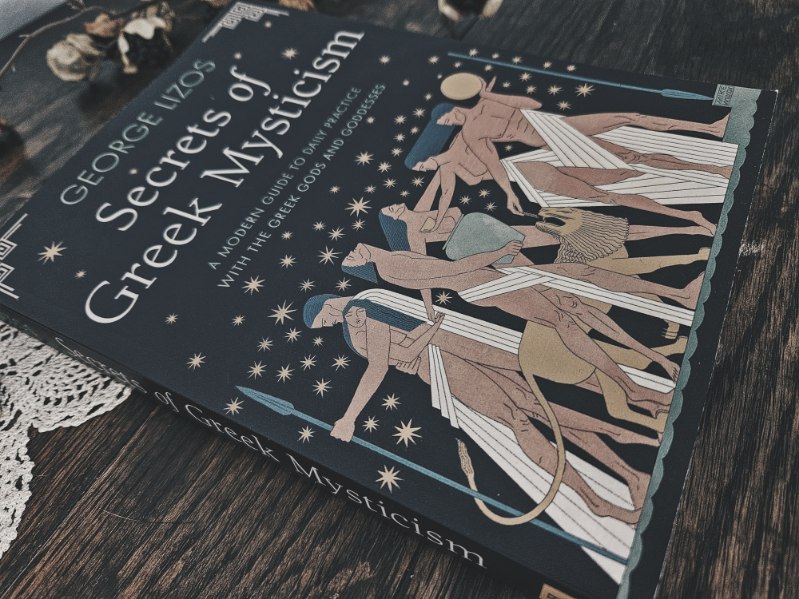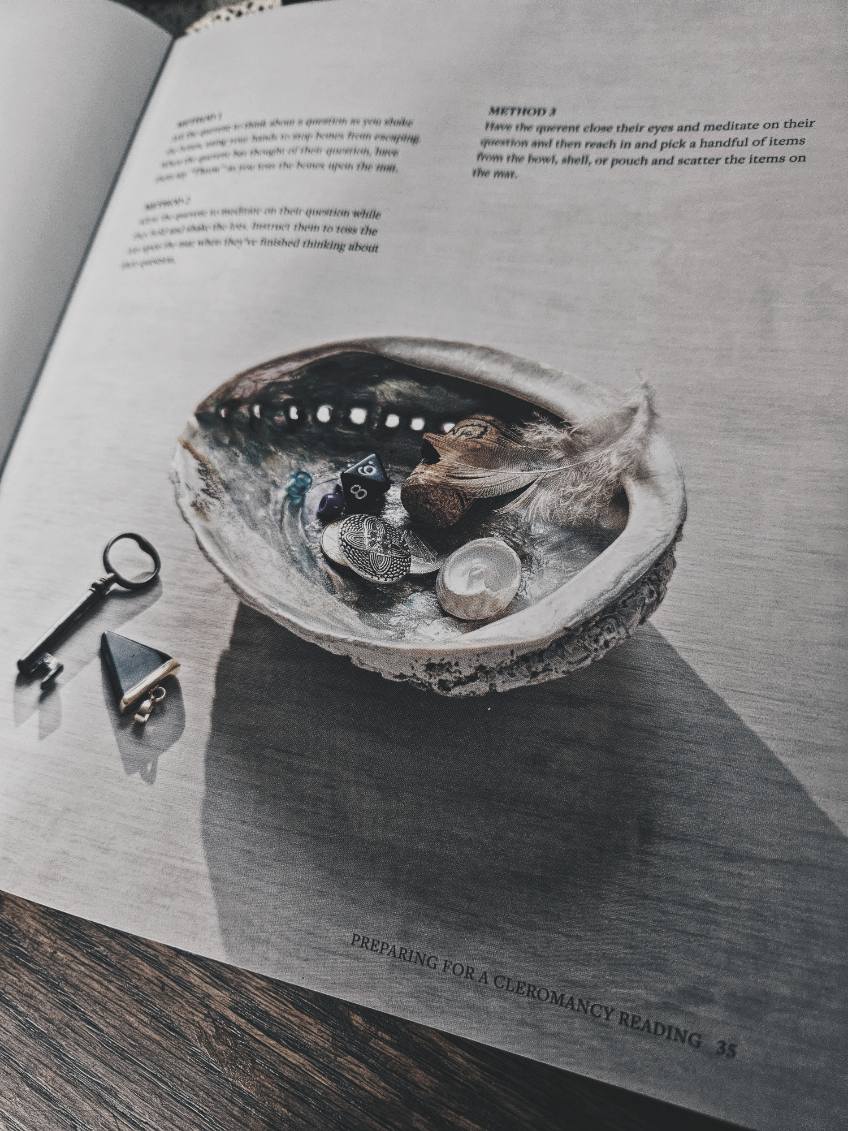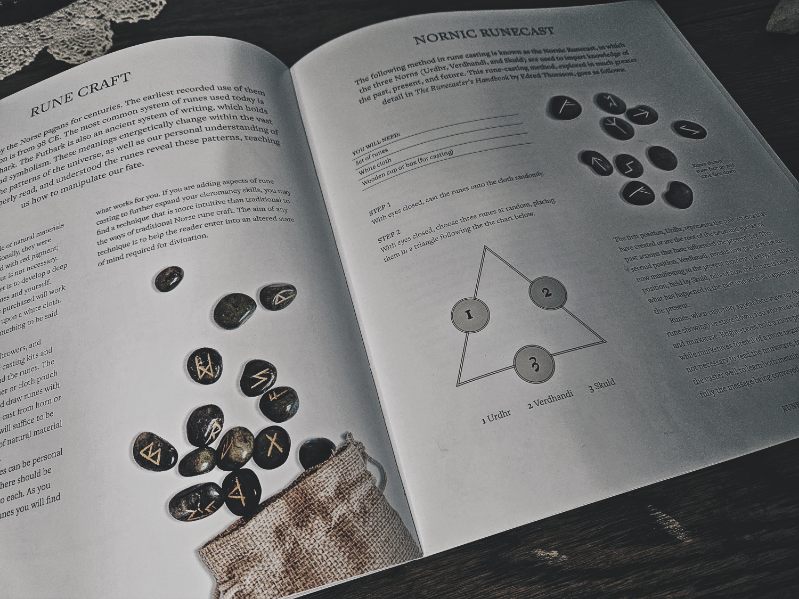One of the defining features of witchcraft, as well as many spiritual and occult practices, is the idea of animism. Animism, which is derived from the Latin "anima" meaning soul or life, is the belief that all things are imbued with spirit. This means that not only do humans, plants, animals, and other living things have a spirit, but so do nonliving things such as rocks, mountains, rivers, the wind, hurricanes, and even man-made creations like magical tools, houses, and cars. Animism has been preserved, unbroken, through many Indigenous groups, such as Native Americans and Aboriginals, but has also recently been reclaimed by groups seeking to reconnect with their ancestral roots.
A Brief History
The concept of "animism" was first developed in 1871 by E. B. Tylor in his work Primitive Culture, which debated the relationship between "primitive" versus "civilized" societies. As one might expect, Tylor's work is extremely problematic and contains all the racist rhetoric and apt disregard for non-Christian religions so common in white-centered academia. Unfortunately, Tylor's work laid the foundation for viewing Indigenous cultures as something to be dissected and presented by white "authorities" with complete disregard for them as a living entity and existing people. While Tylor's work and perspectives are still perpetuated within the academic community, we as witches and pagans can choose to be better.
While the term "animism" is relatively new, its ideas are not. Cave paintings in Lascaux, France show animals with human-like qualities, while burial practices indicate a belief in an afterlife or spirit world. Carved figurines, hand prints, and other finds further suggest animistic views among our ancient ancestors, which carried over into multiple religions including those found in Greece & Rome, Celtic druidry, Shintoism, and so many more.
As mentioned, these practices have been preserved in many Indigenous cultures and have recently been revived by modern witches and pagans and other nature-based spiritual practices. It's important to note, however, that the animism found in paganism and witchcraft should not and is not based on Indigenous practices, although they may share some similarities.
Animism vs Totemism
Totemism, unlike animism, centers around the worship of a particular object, symbol, or animal that is believed to possess supernatural powers or be the embodiment of a group's ancestors. In 1869, John Ferguson McLennan argued that animism was evident in fetishism which he believed gave rise to totemism. This was in an attempt to discredit the existence of animism outside of totemism. Still, modern animists and anthropologists have argued that animism is distinct from totemism, and I am inclined to feel the same.
While animism and totemism share some characteristics, such as the belief that non-human entities have a spirit, the incorporation of ancestor worship, and a reverence for nature, they have many more differences. Animism is inherently broader than totemism, with the belief that all things have a spirit versus a single entity. Because of this, the rituals associated with animism tend to be broader as well, including a wide array of living and nonliving entities. Totemism, however, is more community-focused than animism. Members within a group are all represented by the same totem, coming together to honor, worship, or otherwise involve the totem in their culture, as seen in the Haida and Tlingit tribes in North America that carve totem poles. On the other hand, animism varies wildly between groups and individuals and therefore lacks the community aspect of totemism in most cases.
Animism in Norse Paganism
Norse paganism or Heathenry is animistic in nature and while there are differences in personal gnosis, some things are generally agreed upon. First, is the inclusion of ancestor veneration. This hinges on the belief of there being a spirit realm that is capable of interacting with the living on our plane of existence. Second, is the incorporation of nature spirits such as landvætter or land spirits (genii locorum), Jötunn, trolls, hausvætter or house spirits, and other wights or spirits associated with places, objects, or creatures.
Animism in Practice & Spiritual Activism
When viewed this way, there is no separation between the sacred and the profane. This means that living and nonliving things are not just "things" to be exploited or controlled, but instead, allies that we can build relationships and collaborate with. As such, "using" something in a spell or ritual becomes "working with" and consent of the object must be sought after before incorporating it into your practice.
For example, my most recently posted spell on enchanting jewelry required the assistance of many spirits including my engagement ring, salt, candle, fire, rose, lavender, cinnamon, rose quartz, and moonstone. Each of these spirits was awoken before conducting the spell and their assistance was asked for. If, for whatever reason, a spirit refuses to aid me, I don't use it. I don't have its consent and going against its wishes places me in the wrong, which can adversely affect the spell I am performing. Some refer to this as being in "right relationship," which recognizes the sovereignty of all spirits. As such, respecting their boundaries and thanking them for their assistance puts you in "right relationship."
Animism ties directly into spiritual activism, especially in the form of ecological stewardship. An animistic perspective calls for us to engage in environmental activism while rejecting colonialism, imperialism, and capitalism. According to colonialism, imperialism, and capitalism, the Earth and all its contents are ours to do what we will with, with complete disregard for the impact this may have on the environment and the organisms that live here. This has led to the destruction of our Earth, depletion of natural resources, genocide, and climate change. Recognizing that all things resonate with spirit flies directly in the face of this view, prompting us to preserve, protect, and steward the Earth and environment, giving it the respect and dignity it deserves.
Animism also flies in the face of white supremacy culture, which prizes quantity over quality, power hoarding, and individualism. By interacting and respecting all things, the quality of your spiritual relationships becomes more important than the number of relationships you have, and "owning" or possessing more becomes less of a priority as we work to preserve and protect the environment. Furthermore, animism flies in the face of individualism, encouraging practitioners to develop relationships with others to bring about change. Spells and rituals are no longer simply about you and your power but all of the spirits coming together for one goal. We do not and cannot exist within a vacuum, and neither should your magic.
With all of that said, animism is a crucial feature of modern witchcraft, paganism, and other nature-based spiritual practices, and having a firm grasp of the concept can revolutionize your magic, broaden your understanding, and foster empathy.
How do you incorporate animism into your practice?
If you liked this post and would like to support future content, please consider leaving a small tip in the jar.
















